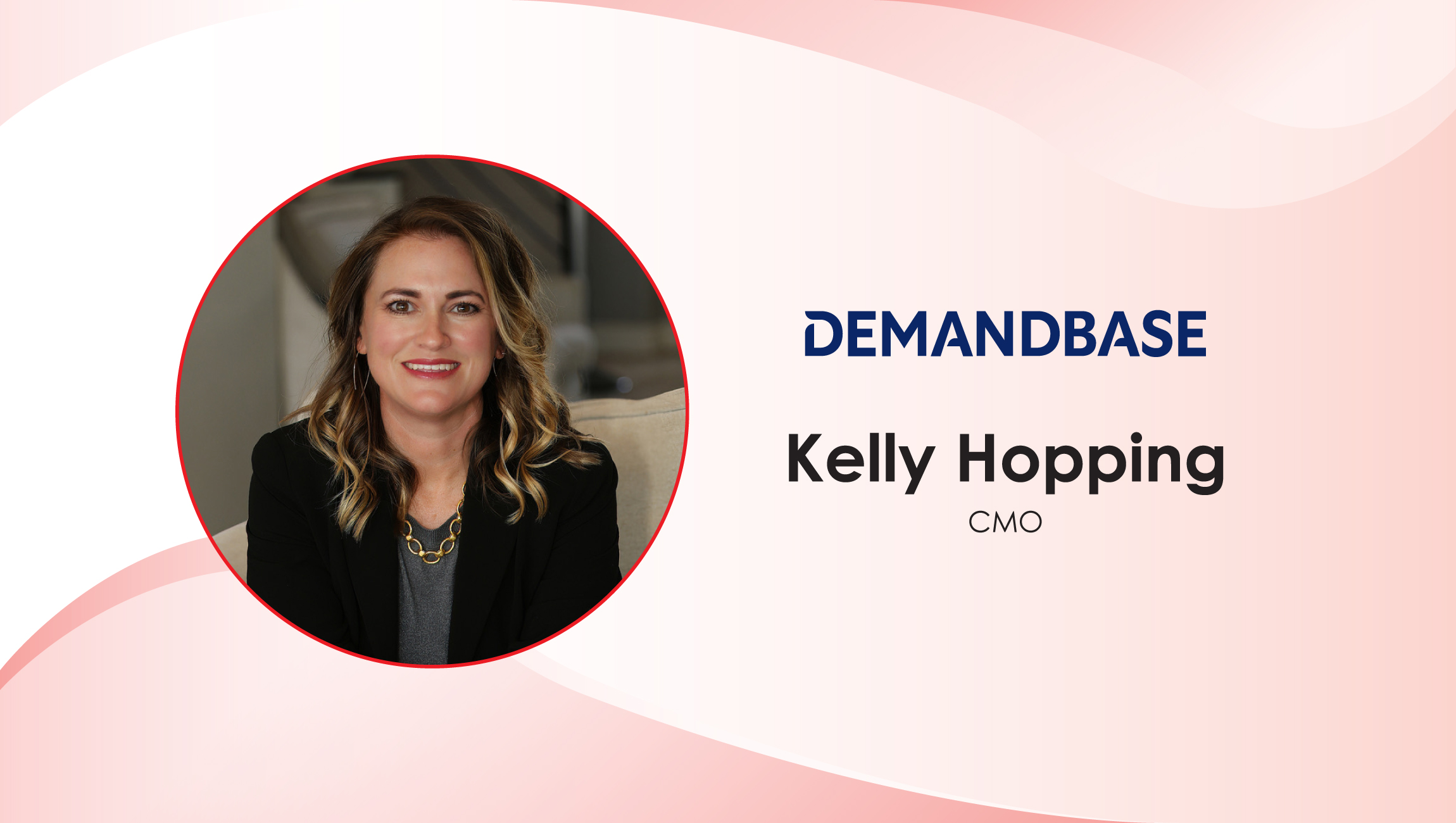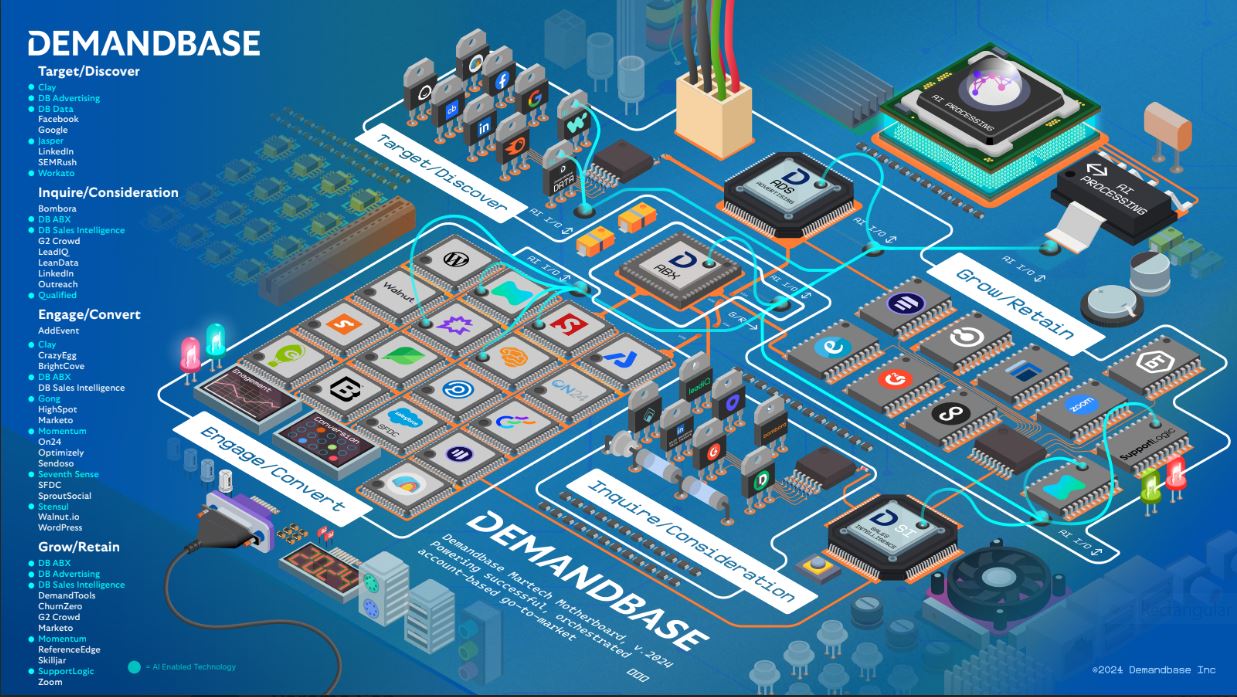Physical Address
304 North Cardinal St.
Dorchester Center, MA 02124
Physical Address
304 North Cardinal St.
Dorchester Center, MA 02124

I’ve been at Demandbase for about 16 months and spent a lot of my time evaluating, building and restructuring key areas. When I started, I focused on familiarizing myself with the market, understanding customer sentiment, and clarifying our unique positioning. I led our company’s rebranding effort this year that we debuted in early October, aligning our story with our go-to-market (GTM) strategy, simplifying our pricing and packaging, and strengthening our team to support our goals. It’s been a great journey, and I’m really proud to have played a role in aligning our organization, refining our strategy and building trust across the team.
I’m in a unique position at Demandbase, where I get to market to other marketers and actually use our product internally, which gives me authentic insights that shape how we communicate our value. Connecting with other CMOs, hearing their challenges, and continually using that feedback to improve our approach is rewarding. I get excited every day to engage with an audience that I understand so deeply and speaks to them in a meaningful way.
A widespread myth about AI in marketing is that it is about efficiency and cost reduction, which is why many fear that it will replace jobs, especially in content creation and creative roles. I believe AI should be seen as a revenue generator, not a job eliminator. It allows strategic marketers to work more effectively, freeing them up to focus on creative thinking and innovation. Rather than replacing roles, AI enhances our ability to make smarter, data-driven decisions, automate mundane, time-consuming tasks, and unlock insights we couldn’t access before.
Marketing Technology News: MarTech Interview with Jon Moran, Head of MarTech Marketing Solutions @ SAS
At Demandbase, we’ve been using AI for years, leveraging our own platform to automate data analysis and identify intent signals that drive our GTM strategies. We also focus on automating workflows with AI agents to simplify configuration and streamline processes for our customers. Outside of Demandbase, we use tools like ChatGPT to generate schemas or transactional content and Jasper to automate content creation workflows across different teams. Additionally, we use Clay to augment account data for our SDRs, helping them spend more time engaging with prospects instead of doing manual research.
I have become more excited about the shift towards more modular technology stacks. While integrated platforms like Demandbase have dominated, I have seen a growing trend of companies unbundling these solutions to build their own proprietary stacks integrating with the best available solutions. Enterprise companies in particular are eager to adapt their stacks to meet specific needs and operate with greater agility, and moving toward open data, open APIs, and customizable integrations enables this.
In simple terms, marketers need to approach the buyer’s journey holistically to drive better marketing cycles. Customers enter the funnel at different stages, so old linear models no longer apply. Marketers should focus on providing content and resources that meet the specific needs of customers at each stage, such as educational content, testimonials or quick videos.
By anticipating customer needs and ensuring a smooth interaction between stages, from SDRs to sales to post-purchase, marketers can keep prospects engaged and moving through the funnel, ultimately improving conversion rates. Clean, efficient lead flow management and quick follow-ups will make a massive difference in driving better results.
Something along the lines of:

Marketing Technology News: Understand the essentials of MarTech and AI Driven Marketing